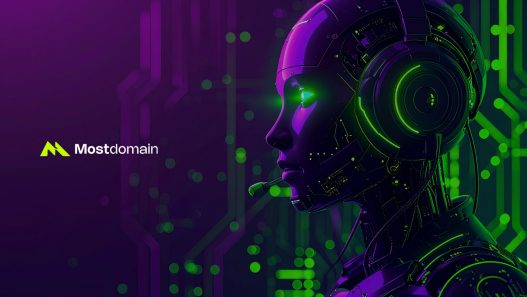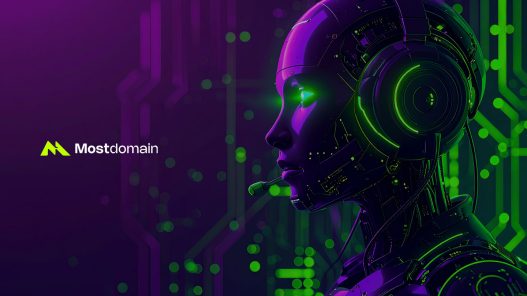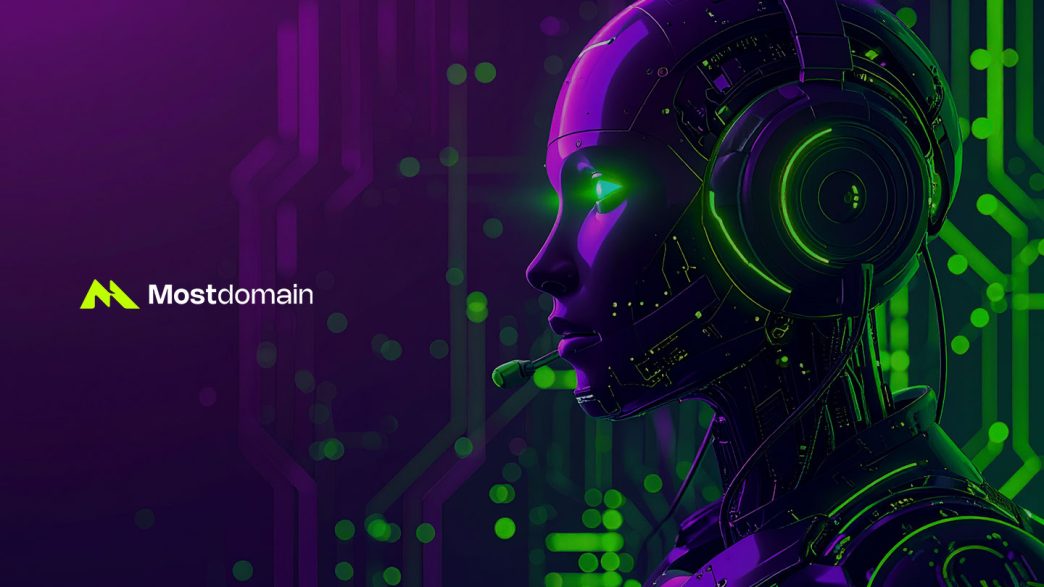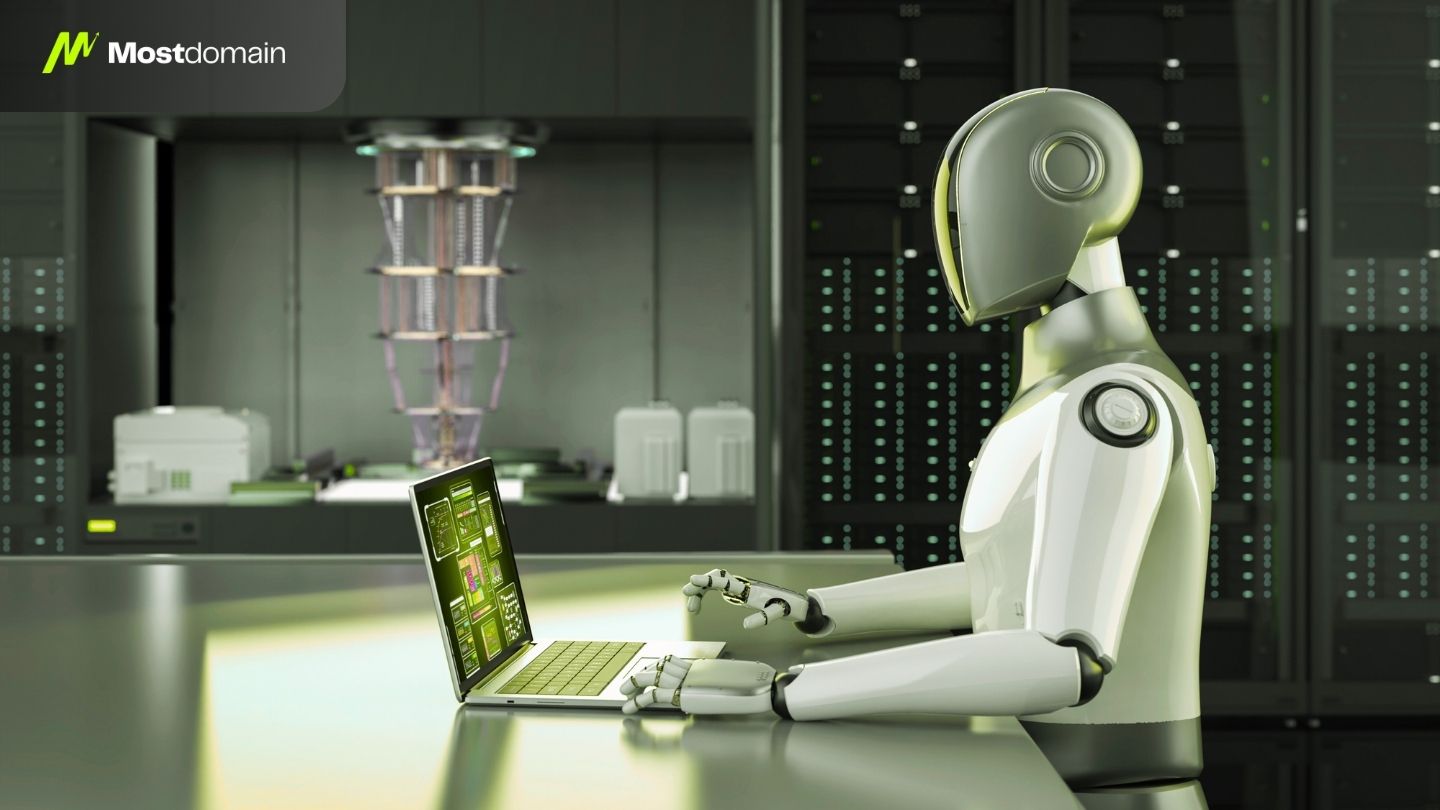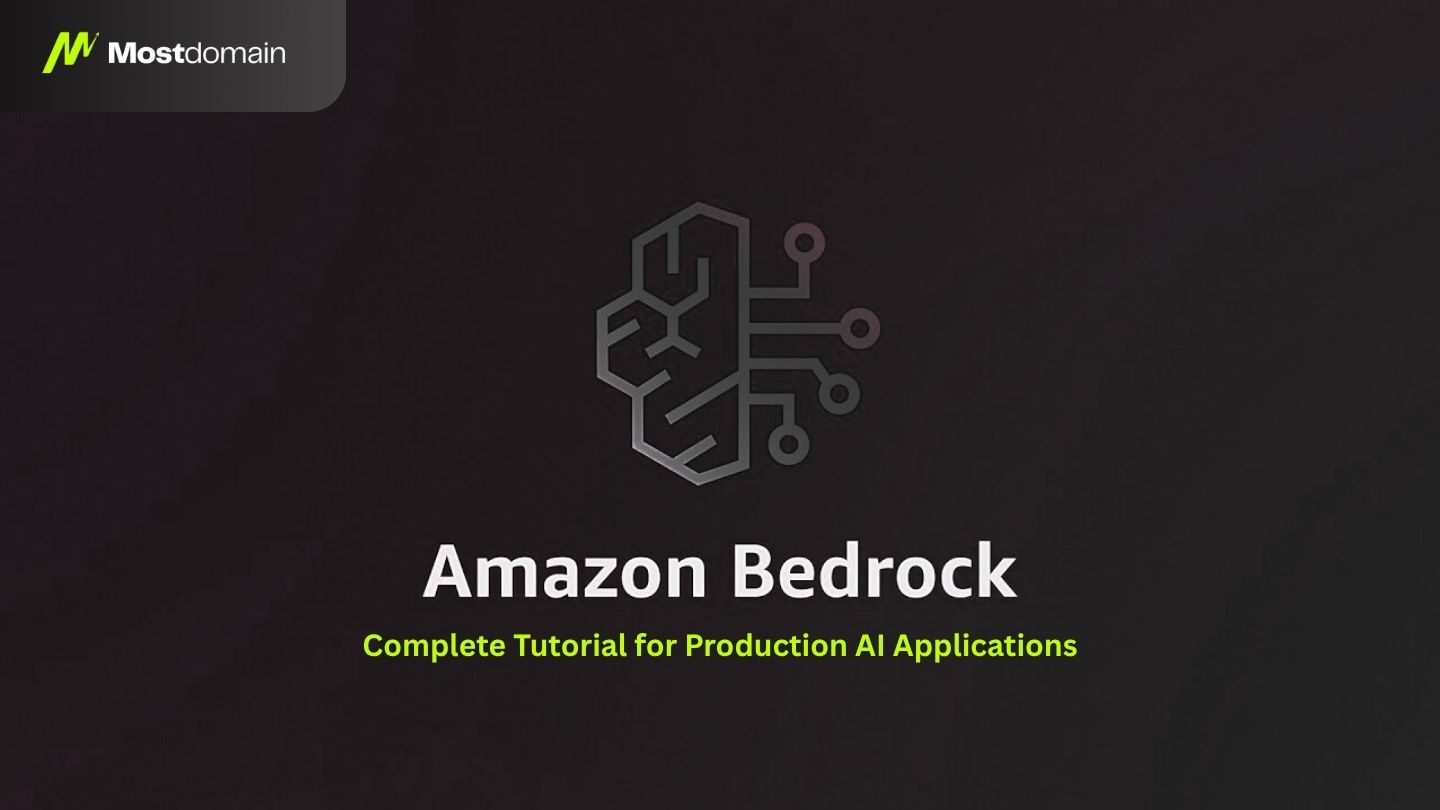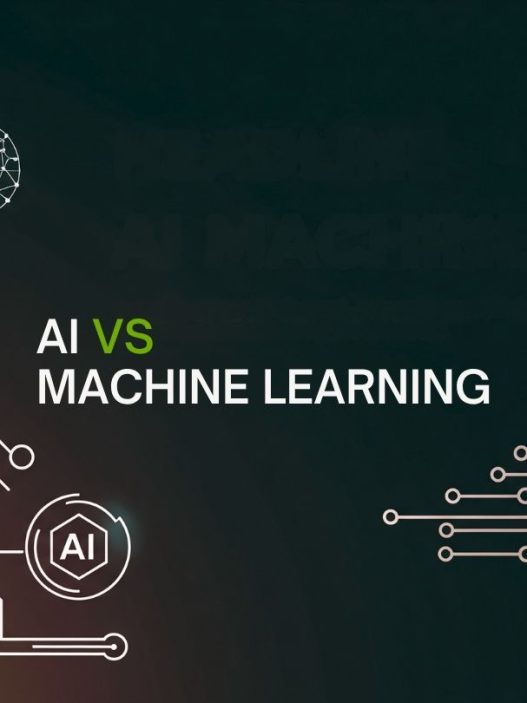Customer service automation has revolutionized how organizations interact with their customers in today’s fast-paced digital era. By leveraging cutting-edge technologies like AI-powered chatbots and sophisticated data analytics, businesses can streamline interactions, reduce response times, and significantly improve overall satisfaction.
This innovative approach not only enhances operational efficiency but also creates more personalized, timely, and consistent customer engagements that drive competitive advantage.
As automation tools become integral to modern customer relationship management strategies, organizations are discovering that the right balance between technology and human touch can foster stronger customer relationships while reducing errors. Let’s explore how customer service automation is reshaping the support landscape and what it means for businesses and customers alike.
The Evolution of Customer Service through Automation
The transformation from traditional, human-centric customer service models to sophisticated automated systems represents a significant leap driven by technological progress. Early customer interactions relied heavily on face-to-face meetings or phone calls, requiring substantial human resources and often resulting in long wait times and inconsistent responses.
The introduction of intelligent automation systems changed everything. Modern AI-powered chatbots can now manage inquiries 24/7 with minimal human intervention, instantly responding to common questions and guiding users through troubleshooting steps. Machine learning and natural language processing (NLP) capabilities enable these systems to continuously improve, creating more natural and effective communication over time.
| Traditional Service | Automated Service |
| Limited hours | 24/7 availability ✓ |
| Long wait times | Instant responses ✓ |
| Inconsistent quality | Standardized answers ✓ |
| High operational cost | Cost-effective scaling ✓ |
Today’s most successful organizations deploy hybrid models that combine automated systems for routine queries with human agents for sensitive or complex issues. This balance creates a customer-centric ecosystem where efficiency enhances rather than replaces the personal touch customers value.
Key Benefits of Customer Service Automation
Improved Response Times
Customers expect instant solutions, and AI-driven systems deliver responses within milliseconds. This immediacy reduces frustration, increases loyalty, and creates positive brand experiences that drive repeat business.
Enhanced Consistency
Automation standardizes responses across all customer interactions, eliminating variability caused by different agents’ interpretations. This consistent quality builds brand trust and credibility while ensuring every customer receives the same high-level service.
Cost Efficiency
By handling routine inquiries automatically, businesses can optimize their workforce allocation. Human agents focus on complex, high-value interactions while automation manages repetitive tasks, resulting in significant operational savings and improved productivity.
Scalability
Automated systems can handle thousands of simultaneous conversations without degradation in service quality. This scalability is particularly valuable during peak periods or rapid business growth, ensuring consistent support regardless of volume.
Challenges and Considerations
While customer service automation offers substantial benefits, organizations must navigate several important challenges. The primary concern is maintaining personalized service, as automated systems may struggle with complex emotional situations that require genuine empathy and nuanced understanding.
Key challenges include:
✗ Limited emotional intelligence in AI responses
✗ Technology failures leading to customer frustration
✗ Privacy concerns with data collection and analysis
✗ Initial implementation costs and learning curves
Strategic integration is crucial for success. Businesses must carefully evaluate their customer demographics and requirements, implementing automation where it provides clear benefits while ensuring human support remains accessible for cases demanding empathy, discretion, and judgment. Robust security measures and transparent data practices are essential for maintaining customer trust.
Future Trends in Customer Service Automation
The landscape of customer service automation continues to evolve rapidly with exciting innovations on the horizon. Advanced AI technologies incorporating deep learning and emotion detection are enabling systems to better interpret customer sentiments and tailor responses accordingly.
Predictive analytics is emerging as a game-changer, allowing companies to anticipate customer needs before they’re explicitly expressed. This proactive approach transforms reactive support into preventive service, enhancing satisfaction and reducing problem escalation.
Emerging trends shaping the future:
• Omnichannel Integration: Seamless experiences across social media, messaging apps, email, and voice assistants
• Hyper-Personalization: Data-driven customization of solutions and recommendations
• Voice and Visual AI: Advanced speech recognition and image analysis capabilities
• Self-Learning Systems: Continuous improvement through real-world interactions
The convergence of human and machine intelligence will create hybrid systems that are both highly efficient and empathetic. Organizations that thoughtfully incorporate these innovations while emphasizing ethical considerations and data privacy will set new standards in customer service excellence.
Best Practices for Implementation
Successfully implementing customer service automation requires strategic planning and careful execution. Start by identifying high-volume, repetitive inquiries that are ideal for automation, then gradually expand to more complex scenarios as systems mature.
Maintain a seamless handoff between automated and human support. Customers should never feel trapped in automated loops; clear escalation paths ensure frustrating situations receive human attention promptly. Regular monitoring and optimization based on customer feedback and interaction data are essential for continuous improvement.
Conclusion
Customer service automation represents a transformative force reshaping how businesses engage with customers. When implemented strategically, it delivers rapid response times, consistency, and scalability while freeing human agents to handle situations requiring genuine empathy and complex problem-solving.
The key to success lies in viewing automation not merely as a cost-saving measure but as a strategic tool to deepen customer connections. Organizations that balance efficiency with human touch, prioritize data privacy, and continuously adapt to emerging technologies will build lasting loyalty and set themselves apart in an increasingly digital marketplace. The future belongs to businesses that leverage automation to enhance, not replace, meaningful customer relationships.
References
McKinsey & Company – The State of Customer Care in 2023
Harvard Business Review – AI in Customer Service
Gartner Research – Future of Customer Service Technologies
Forrester – Customer Experience Trends and Predictions
Salesforce State of Service Report
Zendesk Customer Experience Trends Report
Meta Title: What is Customer Service Automation? Complete Guide 2025
Meta Description: Discover how customer service automation transforms business operations with AI chatbots, faster response times, and improved customer satisfaction. Learn implementation strategies and future trends.
Tags: customer service automation, AI chatbots, customer experience, business automation, digital transformation, customer support, service efficiency, automation tools, customer engagement, CRM automation


